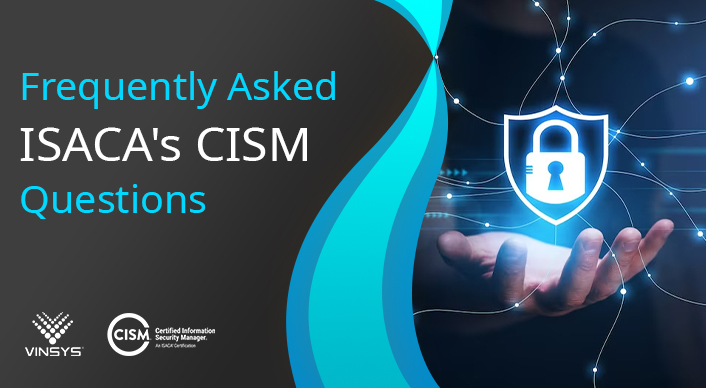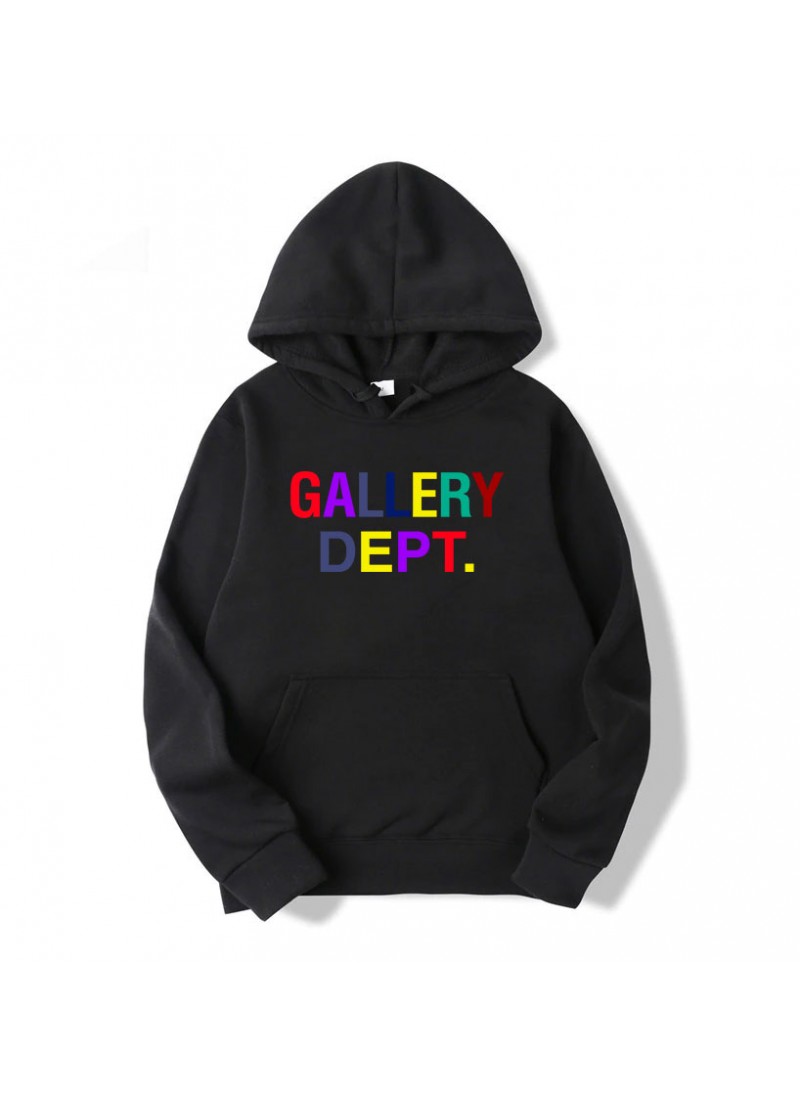If you’ve been paying attention to the news lately, you may have heard the term “NFT” being thrown around a lot. NFTs, or non-fungible tokens, are a new and exciting technology that is taking the art and collectibles world by storm. In this article, we’ll explore what NFTs are, how they work, and why they’re so valuable.
What Are NFTs?
NFTs, or Non-Fungible Tokens, are digital assets that represent ownership of unique items such as artwork, music, videos, and other digital files. Unlike cryptocurrencies, NFTs are not interchangeable with one another because each NFT is unique and cannot be replicated. NFTs are built on blockchain technology, which ensures that the ownership of the digital asset is transparent and immutable. The rise of NFTs has created a new market for digital art and collectibles, allowing creators to monetize their work and collectors to invest in unique pieces of digital content.
NFTs have gained significant attention in recent years, with some high-profile sales reaching millions of dollars. This has sparked a debate about the value of digital art and the role of blockchain technology in the art world. While some argue that NFTs are a revolutionary way to democratize the art market and empower artists, others criticize the environmental impact of blockchain technology and the exclusivity of NFTs. Regardless of the debate, NFTs have opened up a new avenue for creators to monetize their digital content and for collectors to own unique pieces of digital art and culture.

How Do NFTs Work?
NFTs are stored on a blockchain, which is a decentralized digital ledger that records transactions. When an NFT is created, it is stored on the blockchain, and each subsequent transaction involving that NFT is recorded on the blockchain as well. This creates an immutable record of the ownership history of the NFT, which ensures that it cannot be duplicated or counterfeited.
NFTs, or Non-Fungible Tokens, are unique digital assets that are stored on a blockchain. Each NFT is a one-of-a-kind digital item that is verified by the blockchain and cannot be replicated or duplicated.
The basic process for creating an NFT involves the following steps:
Choose a blockchain platform: There are several blockchain platforms that support the creation of NFTs, including Ethereum, Binance Smart Chain, and Flow.
Create the NFT: This involves creating a unique digital asset such as an image, video, or audio file, and converting it into an NFT format.
Mint the NFT: This involves adding the NFT to the blockchain and creating a digital record of its ownership.
Sell or Trade the NFT: Once the NFT is created and minted, it can be sold or traded on NFT marketplaces or directly between individuals.

The value of an NFT is determined by its uniqueness and rarity, as well as the demand for it in the marketplace. NFTs have been used for a variety of purposes, including digital art, music, and even virtual real estate in online games. The ownership of an NFT is stored on the blockchain, making it easy to verify and transfer ownership, and ensuring that the digital asset cannot be duplicated or counterfeited.
Why Are NFTs So Valuable?
The value of NFTs comes from their uniqueness and scarcity. Because each NFT is one-of-a-kind, collectors are willing to pay a premium to own them. Additionally, the blockchain technology used to create and store NFTs provides a level of transparency and trust that traditional collectibles often lack.
NFTs also offer creators a new way to monetize their digital creations. In the past, creators of digital art and music often struggled to monetize their work because it was so easy to copy and distribute. With NFTs, creators can prove ownership of their work and sell it directly to collectors, bypassing the need for traditional gatekeepers like galleries or record labels.
Final Thoughts
Non-Fungible Tokens are a new and exciting technology that is changing the way we think about art and collectibles. They offer creators a new way to monetize their digital creations, and collectors a new way to own and display unique digital assets. While the value of NFTs is still largely driven by speculation, their potential is enormous, and it will be fascinating to see how they continue to evolve in the coming years.















